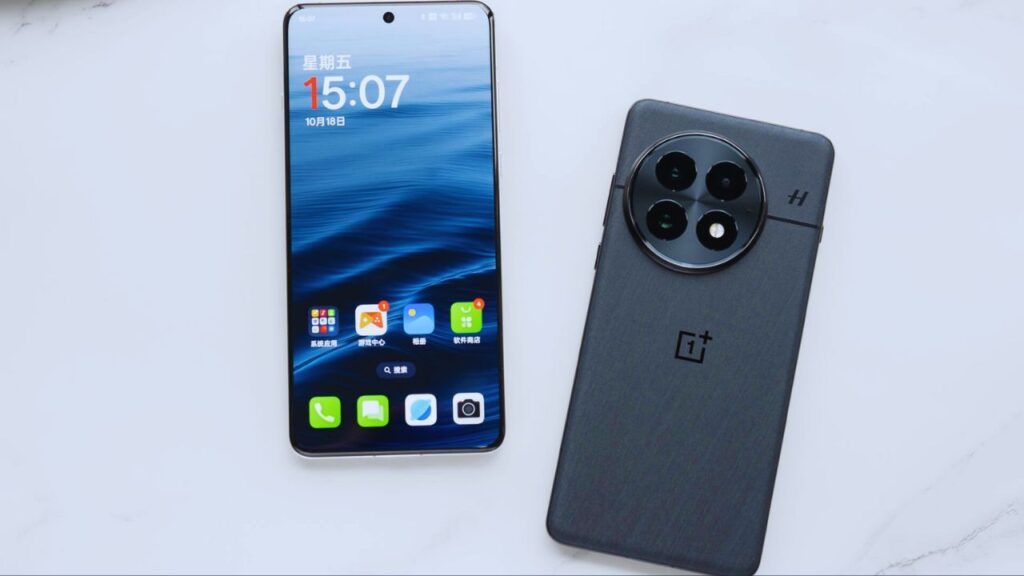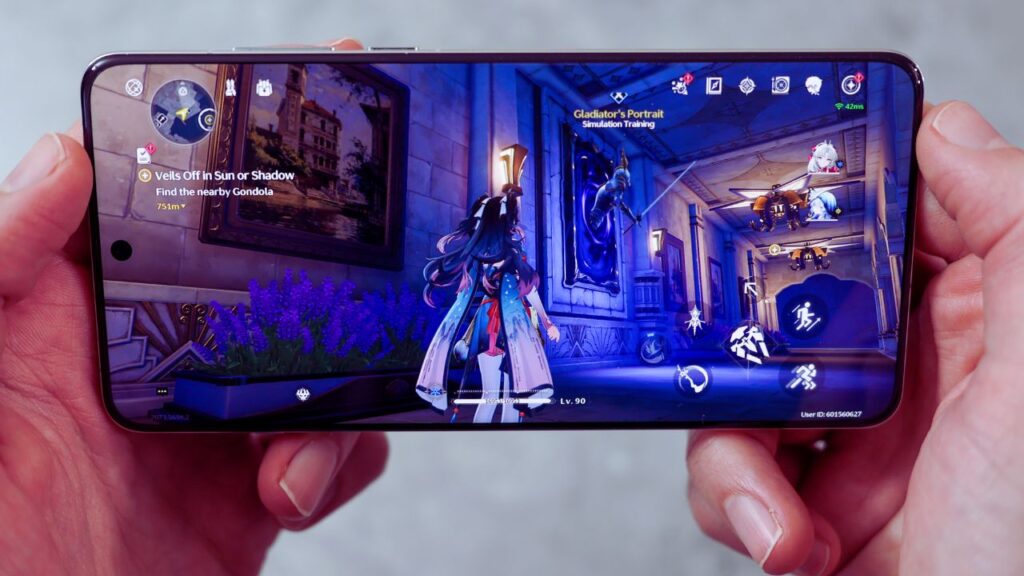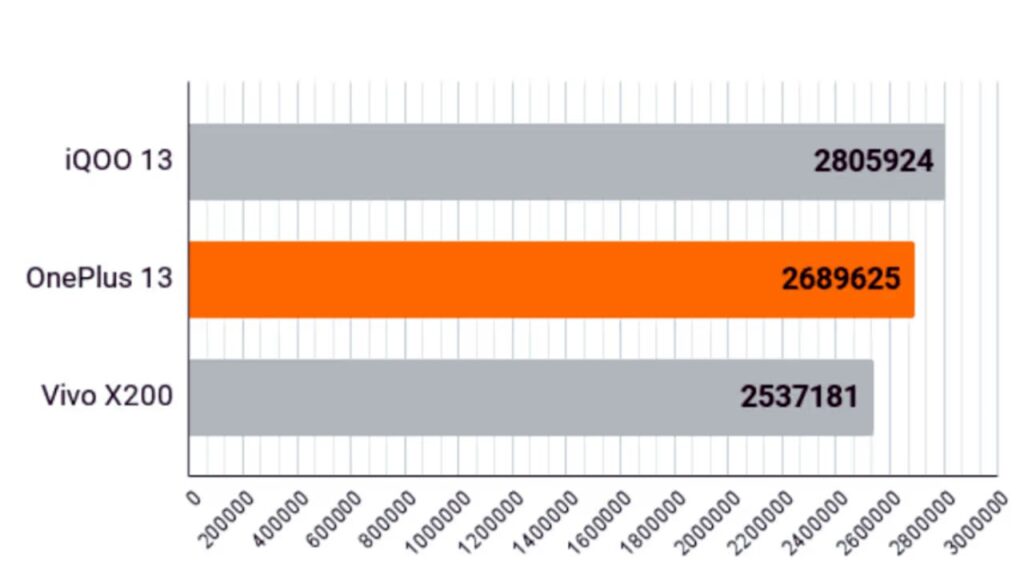OnePlus 13 Review: The OnePlus 13 introduces major upgrades on two critical fronts. First, the phone itself now features Qualcomm’s cutting-edge Snapdragon 8 Gen 3 Elite chipset, marking a significant leap in performance. Second, OnePlus is enhancing its after-sales experience in India with Project Starlight — a customer care initiative that promises “worry-free” hardware replacement (terms and conditions apply). The brand has also committed to a lifetime warranty against the notorious green-line display issue on all its smartphones — a welcome move, especially as display-related concerns have left many Android users frustrated.
Beyond these headline features, the OnePlus 13 also receives improvements in battery life, display quality, durability, and software — the latter bringing both AI-powered enhancements and a few compromises. Naturally, these upgrades come with a price hike: the OnePlus 13 starts at ₹69,999, ₹5,000 more than the OnePlus 12’s base model. The big question now is — will the number 13 turn out to be lucky for OnePlus?
Verdict
The OnePlus 13 stands out as the most powerful OnePlus device to date, driven by the cutting-edge Snapdragon 8 Gen 3 Elite chipset. It brings noticeable improvements across the board — from enhanced durability and a sharper display to a more robust battery and upgraded cameras. On the software front, it continues to offer a clean and fluid Android experience, though the inclusion of non-removable proprietary apps like App Picks feels unnecessary. In short, everything the OnePlus 12 did well, the OnePlus 13 does even better, raising the bar for what a flagship OnePlus phone can be.
Design & Display: Elevating Look and Feel
Truth be told, the OnePlus 13 doesn’t break any new ground when it comes to design. It closely mirrors the OnePlus 12, retaining the curved metallic edges and the prominent circular camera module — a look that also echoes the OnePlus 11. The rear camera setup, placed awkwardly toward the left with the Hasselblad branding on the right, still feels unbalanced and could benefit from a more cohesive placement.

In terms of ports and buttons, the OnePlus 13 keeps things familiar: dual SIM tray, USB-C port for charging and data transfer, volume rockers, and the beloved alert slider for switching between sound profiles. Like its predecessor, it also features an IR blaster at the top, letting users control appliances like TVs and air conditioners — a small but practical addition.
While the OnePlus 13 may not bring dramatic changes, it does introduce several subtle but significant improvements. The phone is noticeably more comfortable to hold, thanks to its sleeker, lighter build. I especially appreciate the soft touch of the “microfiber leather” finish on the Midnight Ocean variant. For those opting for the classic white or black models, the glass back gives the device an even slimmer profile. From an ergonomic standpoint, the OnePlus 13 feels perfectly balanced, despite housing a larger 6,000mAh battery.
One of the most notable upgrades, however, is the adoption of premium durability certifications. The OnePlus 13 now boasts IP68 and IP69 ratings, offering a new level of water protection. In fact, it’s durable enough for a thorough cleaning in a dishwasher — if you’re feeling adventurous. Additionally, the phone comes with a protective case right in the box, giving you extra peace of mind.
Though the OnePlus 13 doesn’t reinvent the wheel, it brings a range of small yet meaningful enhancements. The phone feels more comfortable to hold, thanks to its lighter, more streamlined design. I particularly like the smooth “microfiber leather” finish on the Midnight Ocean variant, which adds a premium feel. For those who prefer the classic white or black options, the glass back makes the device feel even slimmer. Ergonomically, the OnePlus 13 strikes a great balance, even with the inclusion of a larger 6,000mAh battery.
One of the standout upgrades is the inclusion of top-tier durability certifications. The OnePlus 13 now comes with IP68 and IP69 ratings, offering robust water protection. It’s even durable enough for a dishwasher clean, should you ever decide to try it. Plus, a protective case is included in the box, providing an extra layer of security.
Camera Performance: Capturing Excellence
The OnePlus 13 marks the fifth year of OnePlus’ partnership with Hasselblad to enhance the camera performance on its flagship devices. While hardware upgrades remain minimal, the performance improvements are noticeable, particularly in dynamic range and brightness, especially across different lenses like the ultra-wide and telephoto.

The front camera now supports 4K video recording at 60fps, a feature sure to please content creators. As expected, OnePlus has also introduced new AI-driven features to further enhance the overall camera experience.
While the OnePlus 13 offers flagship-grade camera performance, it doesn’t necessarily break new ground, especially when compared to competitors like the Vivo X200. As noted earlier, the OnePlus 13 shows noticeable improvements in dynamic range and brightness over its predecessor.

The white balance tends to favor warmer tones, but the results are still visually appealing. That said, since the primary camera sensor remains the same as last year’s model, the level of detail is solid, but not quite the best in its class.
Watch More: Nothing Phone 3a Review: Is Design the Key Focus?
Performance and Software: Power Meets Precision
As mentioned earlier, the Snapdragon 8 Elite powering the OnePlus 13 delivers a substantial leap in performance. Looking at the AnTuTu scores, this new iteration shows a remarkable 49.61% improvement over last year’s OnePlus 12.

While its AnTuTu score may not quite match that of the iQOO 13, which also uses the same chipset, this difference doesn’t significantly affect real-world performance. I tested the OnePlus 13 against both the Snapdragon 8 Elite-powered iQOO 13 (review) and the Dimensity 9400-powered Vivo X200 (review). For a deeper dive into how these devices stack up, be sure to check out our detailed performance review.
For everyday tasks and productivity, the OnePlus 13 excels effortlessly. It handles multitasking and demanding games with ease, while the added year of promised OS upgrades ensures its long-term usability. OnePlus has also introduced new Gen AI features, which I anticipate will be rolled out to last year’s model soon. These include:

- AI Summary, which condenses lengthy notes or articles.
- AI Writer, designed to proofread or generate Instagram captions and emails.
- Intelligent Search, an enhanced version of the Global Search, is aimed at helping users quickly find files or notes saved on-device. However, it didn’t fully function during my review.
- A new OPPO-inspired feature, “Share with iPhone,” allows users to share files, including Live Photos, with iPhones. While the connection process can take about a minute, the actual file sharing happens in seconds.
Battery and Charging: Powering Through Your Day
Like many recent flagship devices, the OnePlus 13 boosts its battery capacity to 6,000mAh, thanks to the widespread use of silicon-carbon composite anode technology. This silicon-carbon layer not only helps maintain a cooler temperature during charging but also, in theory, enhances long-term battery life.

Although the OnePlus 13 doesn’t perform as well in the PCMark battery test, its real-world battery life is impressive. With settings like AOD, 5G, and the 120Hz refresh rate enabled, the phone comfortably lasts more than a full day. Moderate usage extends this further, providing even longer battery backup.
The OnePlus 13 also offers excellent standby time, staying powered for over two days in flight mode. As expected, OnePlus continues to deliver fast charging speeds. With the included 100W charger, the device reaches full charge in just 27 minutes.
I also tested the 50W AirVOOC wireless charger (sold separately for Rs 5,499). While I’m not a fan of its design — the concave bottom prevents it from lying flat — it charged the OnePlus 13 from 20% to 100% in just one hour, which is impressive given the phone’s large battery.
OnePlus 13 Specifications and Key Features Overview
| Category | Details |
|---|---|
| Chipset | Qualcomm Snapdragon 8 Gen 3 Elite |
| Battery Capacity | 6000mAh |
| Durability | IP68 & IP69 Ratings (Water Protection) |
| Charging | 100W Charging (Full Charge in 27 minutes), 50W AirVOOC Wireless Charging (1 hour from 20% to 100%) |
| Camera | Flagship-grade with Hasselblad partnership, Improved Dynamic Range & Brightness, Ultra-Wide & Telephoto lenses |
| Front Camera | 4K Video Recording at 60fps |
| AI Features | AI Summary, AI Writer, Intelligent Search, ‘Share with iPhone’ |
| Display | 6.7-inch AMOLED Display, 120Hz Refresh Rate, HDR10+ |
| Software | Clean Android Experience, AI-powered Enhancements, Promised OS Updates for 1 Year |
| Other Features | IR Blaster (Control Appliances), Protective Case in the Box |
Final Verdict
The OnePlus 13 is a powerful flagship, featuring the Snapdragon 8 Gen 3 Elite chipset for significant performance improvements. It offers a more durable design with IP68/IP69 ratings, a sharper display, and enhanced camera performance, though it doesn’t break new ground compared to competitors like the Vivo X200.
Battery life is impressive, lasting over a day with demanding settings, and the 100W fast charging is a standout feature. The software experience remains clean and fluid with useful AI-powered tools, though some proprietary apps may feel unnecessary.
With a price increase over the OnePlus 12, the OnePlus 13 offers solid upgrades, but whether it’s worth the extra cost depends on how much you value these incremental improvements. It’s a strong option for those seeking a reliable flagship with long-term support.

